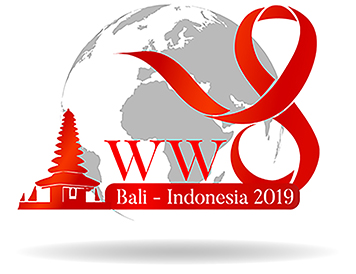Ria Noerianingsih Firman, Aga Satria Nurachman, Merry Annisa Damayanti Department of Dentomaxillofacial Radiology, Padjadjaran University, Bandung, Indonesia.
Abstract
Objectives: The aim of this study was to measure the mandibular bone quality using the mandibular cortical index (MCI) and panoramic mandibular index (PMI) in panoramic radiographs of HIV-infected children.
Methods: This study used descriptive cross-sectional research design which analysed panoramic radiographs of HIV-infected children and measured its mandibular bone quality. Total 43 panoramic radiographs of HIV-infected children were observed and analysed qualitatively using the mandibular cortical index (MCI) whilst the panoramic mandibular index (PMI) was used for the quantitave measurement, as it has been widely used for assessing mandibular bone quality in previous studies.
The mandibular cortical index (MCI) describes three categories of cortical bone quality: C1 (normal cortex), C2 (mildly to moderately eroded cortex), and C3 (severely eroded cortex), while the normal ratio of mental foramen-inferior border of mandible to mandibular cortical length in panoramic mandibuIar index is about 0.3.
Results: Mandibular cortical index (MCI) of 43 HIV-infected children consist of 4 samples in C1, 38 in C2, 1 in C3, while the panoramic mandibular index (PMI) of 43 HIV- infected children consist of 23 less than normal, 5 normal, 15 more than normal.



